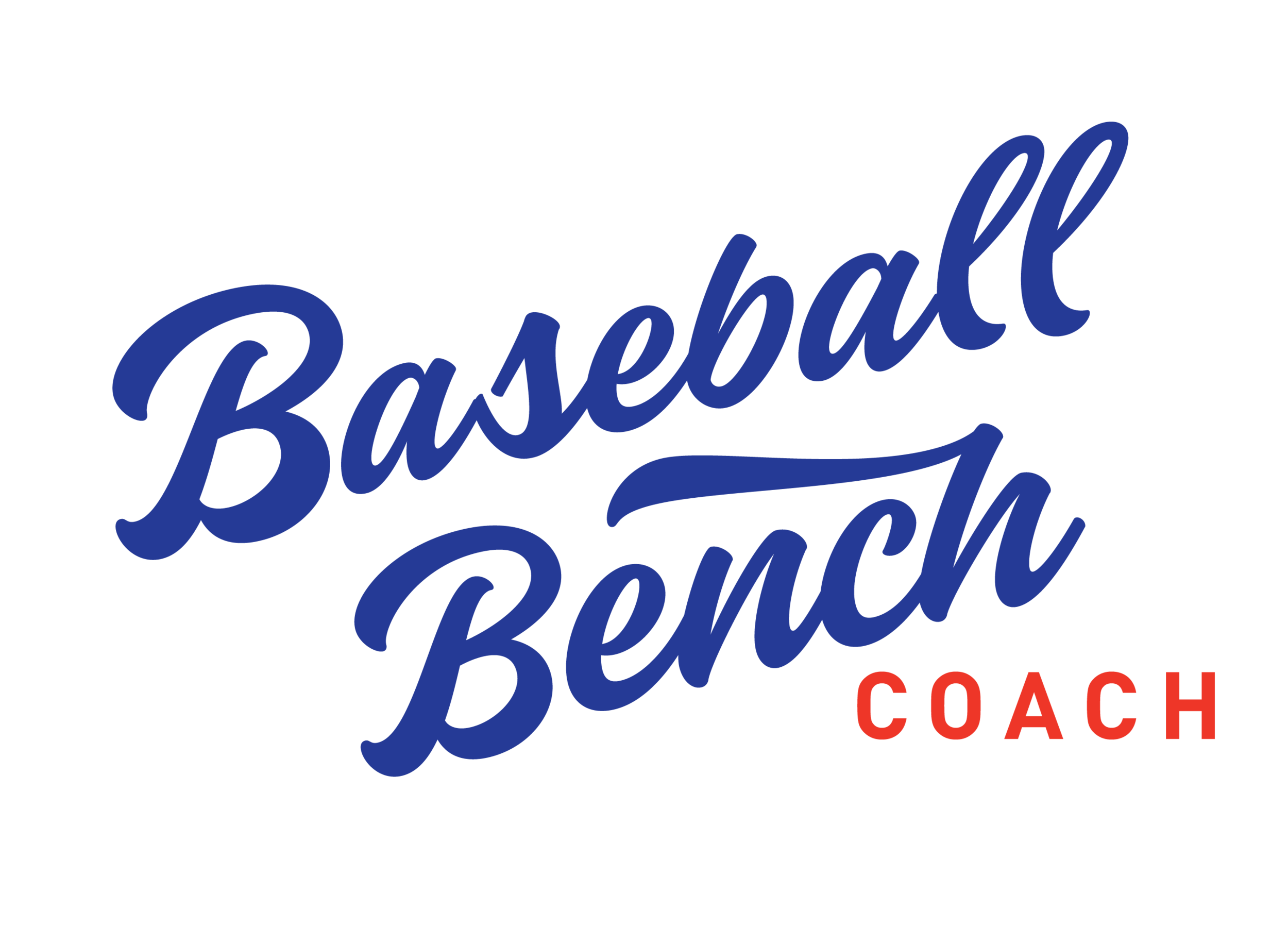Mendoza Line
A few years ago, I ran into a former professor of mine in a hotel lobby in Colorado. We decided to grab coffee together and catch up. What I didn’t know about him was his avid interest in baseball, especially in his favorite team, the Yankees. Just like me, he checks the box scores every day in the newspaper to see who is hot at the plate or how many innings the starting pitcher threw the day before. If you too are one of those box score maniacs, my bet is that you are unhappy this season with the batting averages of your favorite team’s players.
There are so many players today hovering near the Mendoza Line, baseball language for a .200 batting average. Mario Mendoza was a light hitting shortstop who played in nine MLB seasons (1974-1982). His batting average was between .180 and .199 in five of those seasons. He became the brunt of jokes of better hitting Kansas City teammates. When George Brett got off to a slow start in 1979, Tom Paciorek and Bruce Bochte of the Royals warned Brett that he might “sink below the Mendoza Line”. Chris Berman of ESPN pounced on the story and the baseball jargon was born.
This past week MLB teams passed the one-third mark of games played. Using a minimum of 3.1 plate appearances per game, it’s remarkable how many stars are below the Mendoza Line. Randy Arozarena, the Rays standout slugger during the MLB playoffs the last several years, has the lowest batting average of all – a paltry .162. Other stars are below the Line, such as Andrew Benintendi (White Sox), George Springer (Blue Jays), and last season’s NL ROY Corbin Carroll (Diamondbacks). Some other stars who are struggling to stay above .200 are Nick Castellanos (Phillies), Javier Baez (Tigers), and Francisco Lindor (Mets).
It’s not just a handful of players. So far, the 2024 batting average for the 30 MLB teams is .240, a full seven points below the 2023 average and the lowest since the entire league batted .237 in 1968. You remember that year, the one that was deemed the “Year of the Pitcher” and resulted in the MLB lowering the mound for the 1969 season. The crazy thing this year is that many of the top MLB pitchers have been on the shelf with injuries – Maz Scherzer (Rangers), Gerrit Cole (Yankees), and Clayton Kershaw (Dodgers). Fifteen of the 30 MLB teams are hitting below the .240 average, with the White Sox trailing all teams at .210.
So what’s going on? Managers in baseball have clearly changed their approach to handling pitching loads. Not taking into account the “bullpen games” where a reliever starts and numerous other pitchers follow, the average start for an MLB pitcher so far this year is 5.24 innings. On an average, starters throw 86.2 pitches. Starters feel like they can air it out and not worry about going deep into the game. This year starters are averaging 94.1 mph with their 4-seam fastballs. And not too often are starters asked to go a “third time through the lineup” where hitters post higher batting averages as they adjust to a starter’s stuff and tendencies.
Innings limits are a big part of it as well. Gone are the days where the top pitchers edge toward 300 innings during a season. In today’s game a 200 inning season is a huge load. Starters, especially ones who have not pitched a lot of innings in prior seasons, are pulled early from games for fear of having to sit them later in the season. The result is that the sixth through ninth innings of most games feature a parade of 99 + mph relievers dominating hitters and wreaking havoc on batting averages.
Managers are also employing a different approach to lineup strategy. It used to be that your speedster batted first, an average hitter who could sacrifice and hit behind the runner was #2, your third hitter was your best hitter, and the cleanup spot was manned by your best power hitter. The trend is that the great hitters bat first or second. Indeed, the second spot is now the most productive spot in the order. The names of Judge, Seager, Ohtani, and Trout come to mind. How does this impact the Mendoza Line? Starting pitchers are less likely to go deep in a game and the lesser hitters take the brunt of seeing heat in their third at bat.
Of course roster construction is part of it too. Gone are the days of 25 player rosters that included just 10 pitchers. Under the MLB’s 2020 rule changes, teams are allowed 26 player rosters and are limited to 13 pitchers. Today, all 30 teams consistently have 13 pitchers on the active roster. And most commonly, managers use a 5 pitcher starting rotation, so that eight pitchers may be available on any given day to use as relievers. Batting averages suffer.
Baseball is a more exciting game when the ball is put in play, fielders are engaged, and runners take flight. Yet, we find our game in sort of a rut where pitchers are dominating batters and recording record strikeouts. In the 2021 season, MLB experimented with moving back the pitcher’s rubber one foot In Atlantic League games. Interestingly, there was no appreciable difference in runs scored or batting averages. The issue remains a challenge and certainly keeps Mario Mendoza a name to remember.
Until next Monday,
your Baseball Bench Coach



